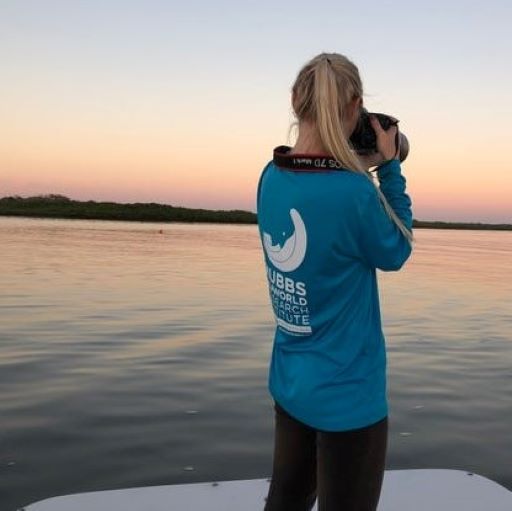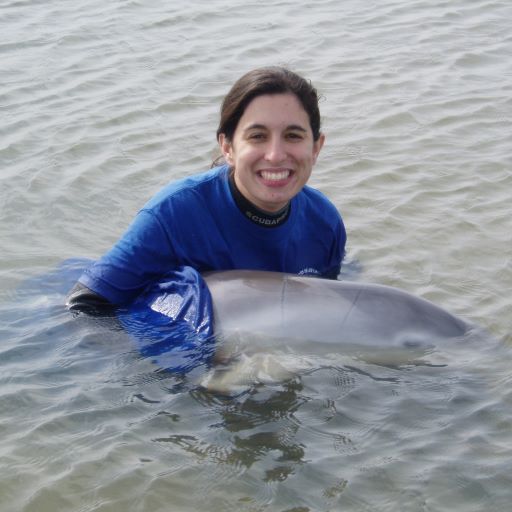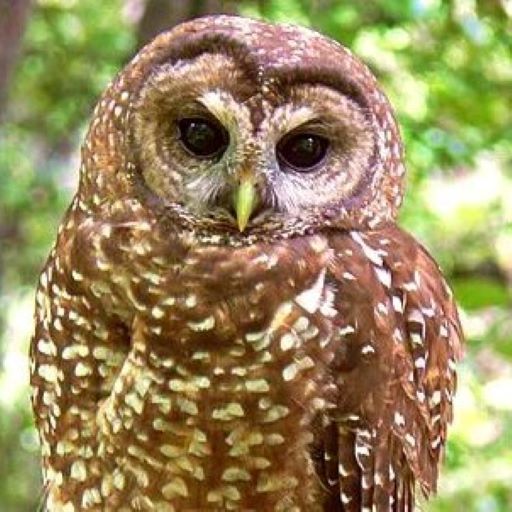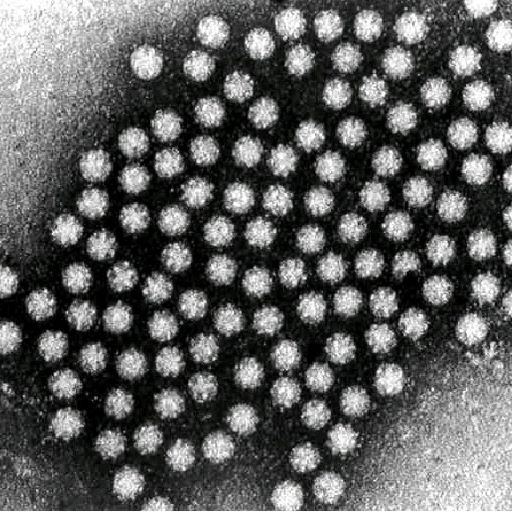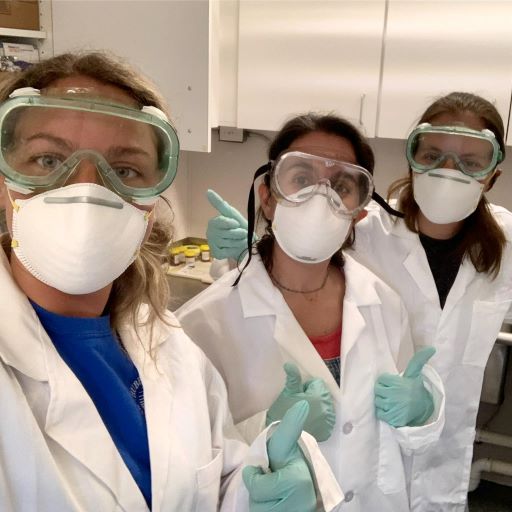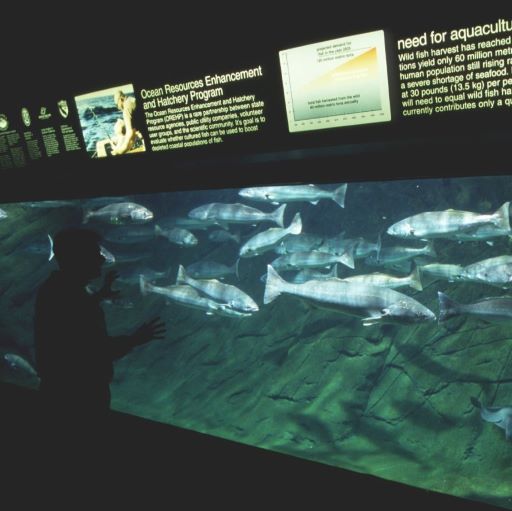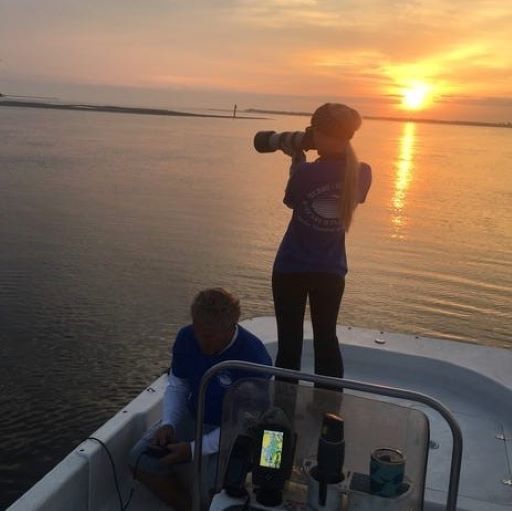Using samples from rescued manatees in SeaWorld and wildlife populations, researchers conducted the first isotope analysis to determine a manatee’s diet. By comparing diets from different populations, we could assess precisely what manatees eat in the wild, giving insights to prevent starvation.
Read more
After 30 years, HSWRI’s team did a follow-up survey of dolphin populations in the Indian River Lagoon. Long-term monitoring of abundance and distribution is essential to understand ecological degradation effects on the species.
Read more
For years, researchers tagged fish with acoustic pingers, but could these pings signal to marine mammals that food is nearby? With the help of SeaWorld, we discovered what marine mammals could hear.
Read more
HSWRI’s Marine Mammal Stranding Team and other animal care experts struggled for almost an entire day to save the life of Winter, the dolphin featured in Dolphin Tale. Winter was a severely injured dolphin stranded off the Florida coast and received breakthrough medical care that allowed her to swim with a prosthetic tail.
Read More
Our researchers surveyed China’s Yangtze River in search of the rare Baiji dolphin and Yangtze finless porpoise. Unfortunately, we didn’t find any Baiji making this animal the first cetacean species to be driven to extinction by human activity. Is the Yangtze finless porpoise next?
Read more
After researching the endangered northern spotted owl, our researchers discovered fewer baby owls in nests close to busy roads, proving the negative impact of human noise on wildlife.
Read more
California yellowtail, known as hiramasa on the market, is a highly desirable fish for sports anglers and restaurants alike. HSWRI researchers were the first to successfully spawn and rear the larvae of California yellowtail.
Read more
Between October 2007 through January 2008, researchers documented the first mass mortality of bottlenose dolphins and Florida manatees caused by a severe bloom of the toxic algae along the eastern coast of Florida. Red tides were first considered rare but are now annual events along Florida’s coasts.
Read more
Yes – HSWRI discovered an astrovirus in marine mammals with evidence that the virus passed between humans and sea lions.
Read more
By utilizing SeaWorld’s unparalleled zoological collection of marine mammals, HSWRI researchers tested acoustic pingers to prevent marine mammal entanglements with fishing nets and lines – and the results were striking!
Read more
Through our hands-on aquaculture program, “Seabass in the Classroom,” we have promoted STEM learning in 13 California schools, serving 2,650 students and releasing over 3,200 seabass.
Read more
HSWRI’s researchers were pioneers in using quadcopter drones equipped with high-resolution cameras for wildlife population surveys. For the first time, researchers were able to count and analyze penguin colonies without disturbing the penguins’ natural behavior.
Read more
Building on our success with white seabass, HSWRI began raising California halibut to replenish depleted native stocks.
Read more
The global pandemic interrupted everyone’s lives, including our researchers and their projects. As the pandemic spread, we saw gaps in long-term population assessments (penguins, elephant seals, dolphins, etc.)
Read more
By creating an integrated system that uses fish effluent to raise seaweed and invertebrates, we can naturally recycle nutrients and reduce fish waste during the aquaculture process.
Read more
After a genetic analysis, HSWRI researchers discovered that the white seabass replenishment program might be much more successful than tag recovery initially indicated.
Read more
A ten-year study found that juvenile bottlenose dolphins maintain social ties with other dolphins, from calves to juveniles, with especially strong ties with their mothers and siblings.
Read more



